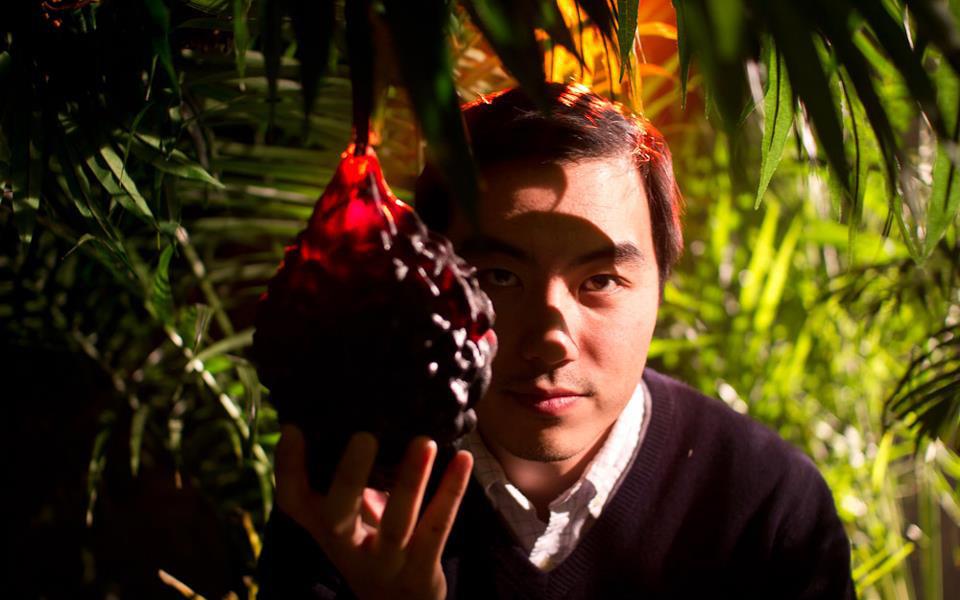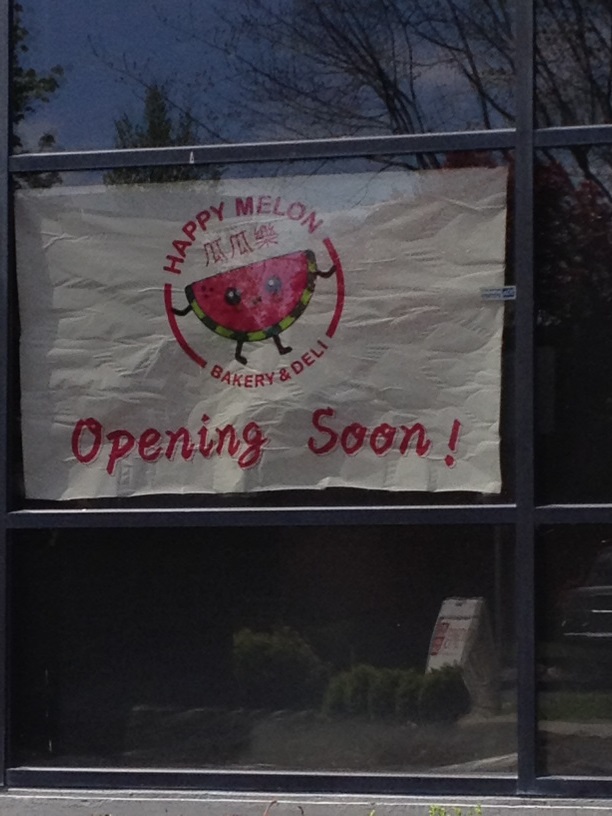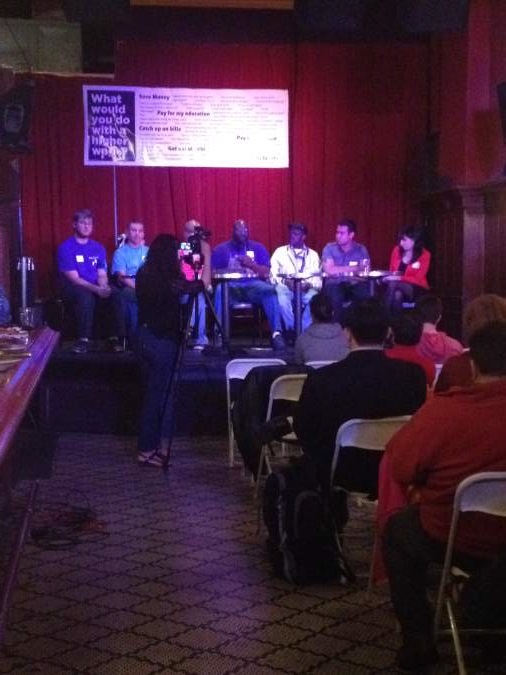Sake is slowly gaining a foothold on drinks menus nationwide, but a local sake expert thinks the beverage has the potential to be even bigger in Seattle.”I realize sake doesn’t fit our locavore picture,” says Bruce Ryan, who’s received his Level 2 certification from the Sake Education Council. “But in terms of clean flavors, it’s perfect.”Ryan is tickled by how many local bars and liquor stores offer high-quality sakes, but is concerned restaurateurs aren’t pushing harder to make sake a mainstream meal accompaniment. He’d like to see more sakes offered by the glass – “Sake stored cold will keep for a month or more,” he explains. “It’s not like you have to drink the bottle in one night.” – and sakes paired with foods that don’t involve soy or miso.”There are all sorts of foods out there,” Ryan says. “The next time you have oysters on the half-shell, try sake with them.”Ryan, who currently manages the bar at Schultzy’s, doesn’t stock sakes to match the U-District hangout’s bratwurst and cheesesteaks. “I could probably do some work to find a sake that would work with some of our dishes, but that seems odd given our clientele and their tastes,” he e-mails. When Ryan took his job, he tossed Schultzy’s single bottle of sake, which was kept for sake bomb purposes. “I don’t want any more people to start off with a bad sake experience,” he explains.Still, Ryan says sake producers’ reluctance to think creatively about sake pairings has hurt sake sales in Japan, where traditional foods are considered stodgy. “Food tastes in Japan have shifted dramatically,” says Ryan, a regular visitor to the country. “They want to eat Italian food, they want to eat paella.”But, as Ryan points out, those dishes are built around noodles and seafood, classic entries in the Japanese canon.Sake competition judges use bulls-eye cups to help them grade a sake’s clarity.”I wouldn’t say you can drink sake with anything,” Ryan says. “I don’t know if there’s a good sake match for a flaming burrito. But fish and clean vegetables? Sake would go great with that. But I’d be shocked if you could go to a Seattle restaurant for Copper River salmon and be offered sake to drink.” Ryan believes some of the blame for sake’s stunted popularity in the U.S. belongs to the sake industry, which is in the habit of issuing labels that reveal almost nothing about what their bottles contain. Even an educated consumer can have trouble gleaning a sake’s prefecture of origin; vintage; rice varietal; filtration process; polishing standard and alcohol content from a standard sake label. While some savvy distributors have taken up the slack, providing buyers with helpful blurbs akin to what appears on the backs of American wine bottles, many restaurants have merely passed the sake puzzle on to their guests.”A lot of times, I won’t drink sake (at a restaurant) because I see sakes by the bottle, and I don’t know what they are,” Ryan says. “Pour me three junmai ginjos and let me see which one I like. If you give me a list of $40 bottles with no information, I’ll have a beer.”Other restaurant lists suffer from fixating on cheap sakes that are only palatable when heated and idiosyncratic outliers that could repel first-time sake drinkers, such as taru, a sake aged in cedar barrels.”I would never waste a spot on my list on taru,” says Ryan, who’s spotted the woodsy drink at various stateside restaurants. “I think that’s insane.”Until restaurants do a better job of sake service, Ryan says there are a number of things drinkers can do to ensure more pleasurable sake experiences. He advises aspiring sake drinkers not to get distracted by glassware or the sake meter value, a number that measures the density of sake relative to water. Instead, he suggests drinkers focus on memorizing the word “ginjo,” which denotes premium sake – “if it’s ginjo, you’ve weeded out 85 percent of bad sakes” – and finding a favorite brand. Since sake makers strive to create a consistent product, drinkers don’t have to worry about loving the 2009 edition of a certain sake and despising its successor the following year.”I’d urge everybody to see what they like and don’t like,” he says.Ryan senses an increasing number of drinkers are doing just that.”Sake’s clearly growing by leaps and bounds,” Ryan says. “My only frustration is I wish it would grow by leaps and bounds even faster.”
More Stories From This Author
For 50 years, Zeke’s off US 2 has served delicious burgers
It’s been a popular pit stop in Gold Bar for skiers and hikers, and the same family still runs it.
By
Evan Thompson • June 6, 2019 11:05 am
With ‘Game of Thrones’ ending, it’s time for a proper feast
How to make a meal inspired by the Lannisters’ and Starks’ world, fit for the King in the North.
By
Ben Watanabe • May 15, 2019 1:30 am
Stash Box: 2016-2019
Time to roll one for the road …
By
Meagan Angus • February 26, 2019 3:15 pm







